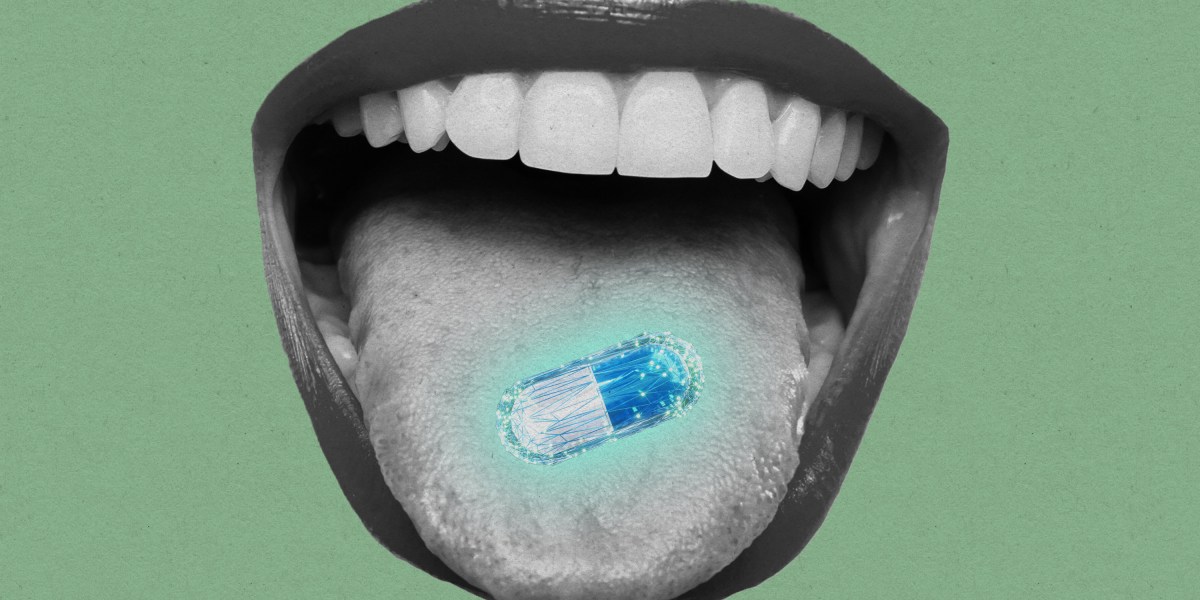An AI-driven “factory of drugs” claims to have hit a big milestone

Zhavoronkov has a track record of implementing cutting-edge AI methods as soon as they’re available. He started Insilico in 2014, shortly after AI started to achieve new breakthroughs in image recognition with so-called deep-learning models. The new approach blew away prior techniques for classifying images and on tasks like finding cats in YouTube videos.
Zhavoronkov initially found notoriety—and some controversy—for AI apps that guessed people’s age and a program that ranked people by their looks. His beauty contest software, Beauty.AI, proved to be an early misstep into AI bias when it was criticized for picking few people with dark skin.
By 2016, though, his company was proposing a “generative” approach to imagining new drugs. Generative methods can create new data—like drawings, answers, or songs—based on examples they’ve been trained on, as is the case with Google’s Gemini app. Given a biological target, such as a protein, Zhavoronkov says, Insilico’s software, called Chemistry42, takes about 72 hours to propose chemicals that can interact with it. That software is also for sale and is in use by several large drug companies, he says.
Generative drug
On March 8, Insilico published a paper in Nature Biotechnology describing a candidate drug for a lung disease, idiopathic pulmonary fibrosis. The article detailed how AI software both suggested a possible target (a protein called TNIK) and several chemicals that could interfere with it, one of which was then tested in cells, animals, and ultimately in humans in initial safety tests.
Some observers called the paper a comprehensive demonstration of how to develop a drug candidate using AI. “This really does, from soup to nuts, the whole thing,” Timothy Cernak, an assistant professor of medicinal chemistry at the University of Michigan, told the publication Chemical & Engineering News.
The drug has since advanced to Phase II trials in China and the U.S., which will seek initial evidence of whether it’s actually helpful to patients with the lung disease, whose causes remain mysterious and which leads to death in a few years.
While Zhavoronkov claims the chemical is the first true AI drug to advance that far, and the first from a “generative” AI, the nebulous definition of AI makes his claim impossible to affirm. This summer, CNBC host Joe Kernen noted that, in the past, many companies set out to rationalize drug design using computers. “I don’t know where we went over the tipping point,” said Kernen. “We’ve been using computers for how many years? And when did we cross over this step of calling it AI?”
For example, a covid-19 vaccine approved in South Korea, called Skycovione, is packaged inside a nanoparticle that was designed “from the ground up” by a computer, according to David Baker, a researcher at the University of Washington, where it was initially developed.




